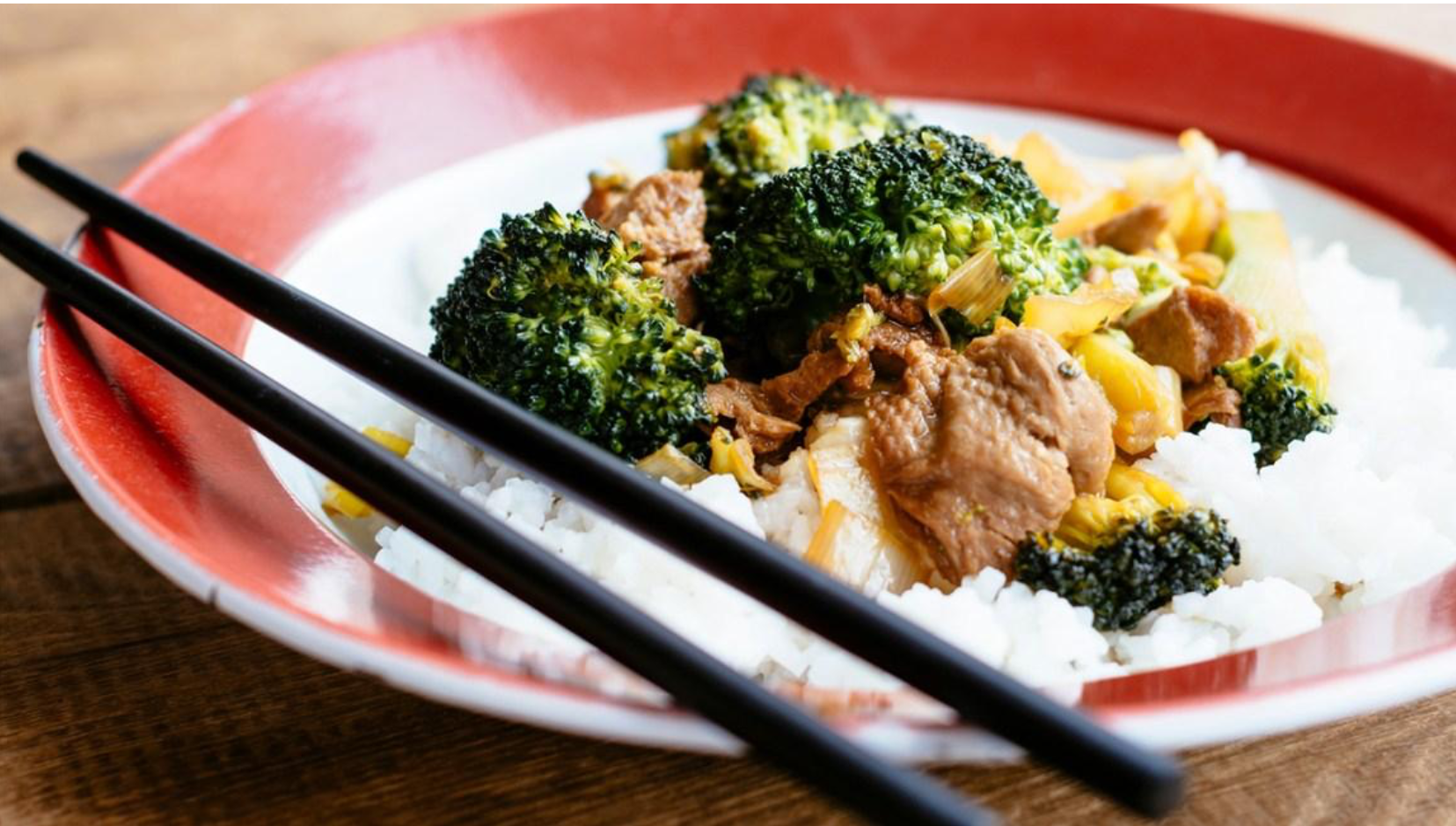There is a common concern that vegan or vegetarian diets might lack a sufficient dose of protein. From the dawn of society, we were used to getting our protein intake from animals consuming meat in large amounts.
However it has been identified that there are indeed various sources of plant based foods that will fulfill your protein intake. Here is the list of best protein sources for vegans and vegetarians.
Plant versus animal protein
Protein is made up of chains of molecules known as amino acids.
There are 20 amino acids found in nature that your body can use to build protein. Out of these 20 amino acids, 9 are considered essential, which means that your body cannot produce them itself, so you need to get them from your diet.
The remaining 11 are considered non-essential, as your body can produce them from the 9 essential amino acids.
Animal protein contains all nine essential amino acids in sufficient amounts. Plants also contain all nine essential amino acids — however, besides a few exceptions, most typically offer a limited amount of at least one essential amino acid.
For instance, beans, lentils, peas, and many vegetables tend to contain low amounts of cysteine and methionine. On the other hand, grains, nuts, and seeds tend to be low in lysine.
Because of this, many people refer to plant foods as “incomplete” sources of protein
However, as long as you eat a variety of plant-based proteins, this shouldn’t pose a problem. You can still get sufficient amounts of all the essential amino acids your body needs.
1. Seitan
Seitan is a popular protein source for many vegetarians and vegans.
It’s made from gluten, the main protein in wheat. Unlike many soy-based mock meats, it closely resembles the look and texture of meat when cooked.
Also known as wheat meat or wheat gluten, it contains about 25 grams of protein per 3.5 ounces (100 grams), making it one of the richest plant protein sources available
Seitan is also a good source of selenium and contains small amounts of iron, calcium, and phosphorus.
You can find this meat alternative in the refrigerated section of many grocery stores, especially at health food stores. You can also make your own version with vital wheat gluten.
Seitan can be pan-fried, sautéed, and even grilled, making it easy to incorporate into a variety of recipes.
However, because it contains wheat, people with gluten-related disorders should avoid eating seitan.

2. Tofu, tempeh, and edamame
Tofu, tempeh, and edamame all originate from soybeans and are especially popular in East Asian cuisine.
Soybeans are considered a whole source of protein. This means that they provide your body all the essential amino acids it needs.
Edamame are immature soybeans with a sweet and slightly grassy taste. They need to be steamed or boiled before you eat them. Then, they can be enjoyed on their own or added to soups, salads, sushi, wraps, stir-fries, or rice rolls.
Tofu is made from bean curds pressed together in a process similar to cheesemaking. Meanwhile, tempeh is made by cooking and slightly fermenting mature soybeans, then pressing them into a block.
Tofu doesn’t have much taste on its own, but it easily absorbs the flavor of the ingredients it’s prepared with. Comparatively, tempeh has a characteristic nutty flavor.
Both tofu and tempeh can be used in a variety of recipes, ranging from burgers to soups, stews, curries, and chilis.
All three soy-based proteins contain iron, calcium, and 12–20 grams of protein per 3.5-ounce (100-gram) serving.
3. Lentils
With 18 grams of protein per cooked cup (198 grams), lentils are a great source of protein.They can be used in a variety of dishes, ranging from fresh salads to hearty soups and spice-infused dahls. Lentils are also a great source of fiber, providing over half of your recommended daily fiber intake in a single cup (198 grams)
Furthermore, the type of fiber found in lentils has been shown to feed the good bacteria in your colon, which can help promote a healthy gut. Lentils may also reduce your chance of heart disease, diabetes, excess body weight, and certain types of cancer
In addition, lentils are rich in folate, manganese, and iron. They also contain a hearty dose of antioxidants and other health-promoting plant compounds.

4. Oats and oatmeal
Eating oats is an easy and delicious way to add protein to any diet.
Half a cup (40 grams) of dry oats provides approximately 5 grams of protein and 4 grams of fiber. Oats also contain magnesium, zinc, phosphorus, and folate
Although oats are not considered a complete protein, they do contain higher quality protein than other commonly consumed grains like rice and wheat.
You can use oats in a variety of recipes ranging from oatmeal to veggie burgers. They can also be ground into flour and used for baking.

The bottom line
Despite the common misconceptions, the protein deficiencies among vegetarians and vegans are uncommon, especially for those following a healthy, well-planned diet.
This list above can be used as a guide for anyone interested in incorporating more plant-based proteins into their diet.
